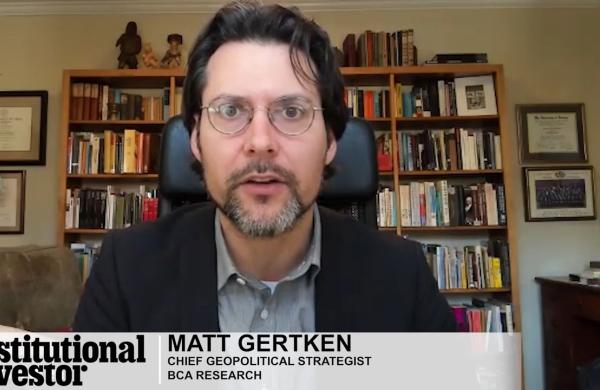"There's a big question mark over capitalism today.
By Deepak Gopinath
April 2002
Institutional Investor Magazine
It's one word, and it's Enron," George Carey, the archbishop of Canterbury declared at the World Economic Forum earlier this year. "And what is the challenge [capitalism] faces? It has to act within boundaries."
Perhaps the archbishop might have been more forgiving of the foibles of free markets, but his remark is one small sign of how much they have come under scrutiny , and criticism , of late. In an increasingly fractious debate, critics have attacked markets as a proximate cause of many of the world's ills, while their defenders stoutly insist that markets, left entirely to their own devices, remain the best way to allocate resources and promote economic growth.
To John McMillan, a professor of international management and economics at Stanford University's Graduate School of Business, both sides miss the point. In Reinventing the Bazaar: The Natural History of Markets, he notes that markets, ubiquitous and long-lived, are as imperfect as the men and women who have created them. Social constructs that cannot be blamed for creating inequality, markets are a kind of tool, effective or useless depending upon their design, McMillan says.
Making a grand tour, from the Dutch flower market in Alsameer to Tokyo's Tsukiji fish market to an auction in cyberspace, McMillan concludes that successful markets require five conditions to function properly: "Information flows smoothly; property rights are protected; people can be trusted to live up to their promises; side effects on third parties are curtailed; and competition is fostered." To reach their full potential, markets need guidance from governments or market participants.
"The deepest justification of a market economy is that where it works it is the best remedy we have for poverty," the author states. "The deepest reason we have for studying market design is that markets can work badly and thus fail to do away with poverty."
McMillan is not the liveliest of writers. Yet his analysis, while hardly startling, reasonably stakes out the middle ground of a debate that has lately become quite polarized. During the 1990s economic boom, it became fashionable in many academic and political circles to give markets free rein. Theory became policy, too, as the U.S. led a liberalization drive around the world to promote free markets. Then the anti,World Trade Organization protests in Seattle heralded the backlash that has grown even more fierce with the collapse of Enron. Markets are fundamentally amoral. They do not automatically promote social good, McMillan contends. But by the same token, the market system is not inherently evil. "It is the worst form of economy except for all the others that have been tried from time to time," he concludes, in an homage to Winston Churchill's quip about democracy and government.
When governments step in to shape markets, they fail as often as they succeed, McMillan observes. He describes how government-designed market mechanisms like the creation of pollution trading rights worked. In contrast, California's power deregulation, with its uneasy mix of market and government control, ultimately ended in failure. The gradualist economic reforms in China proved to be more successful than Russia's U.S.-directed shock therapy, he argues, because the process in China was not under centralized control and because Russia suffered from a lack of appropriate laws and transparency.
McMillan's market-design worldview often leads to some revealing insights. The author argues that Silicon Valley beat out Boston to become a high-tech hub because of the lower level of legal intellectual property protection in California , the state prohibits noncompete clauses in employment contracts, for example , which encouraged the sharing and wider dissemination of ideas. He contends, too, that corruption in Indonesia, because it was directed by then-president Suharto, was less damaging to markets than the more chaotic form that prevails in Russia.
Reinventing the Bazaar would be a stronger book if it explored more deeply the extent to which market design reflects political choices. Can we get markets right when corporations like Enron have the political clout to shape regulation? Nor does McMillan address the imbalanced power relationships between rich and poor countries in trade and finance or their interaction with global policymaking institutions like the International Monetary Fund and the World Trade Organization. Nevertheless, McMillan's work should help inform the globalization debate over how markets can , and cannot , work.





